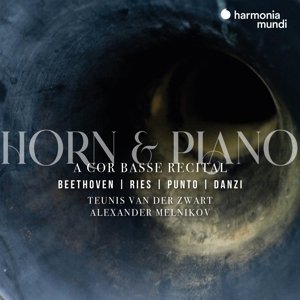Originally posted by Belgrove
View Post
(It should have been here, I guess...)
The Debussy is marvellous, yes, but one should also mention Nott's very helpful track listing for the Schoenberg, guiding the listener through the fluid 4-movement structure....
Are the two works as different as they might seem?
We recall the influence of Parsifal on Debussy, and subjectively I always hear that sense, or sound, of ominousness, of (agonised) love and passion and intimacy under threat (from jealousy, convention etc) in both works. Romeo and Juliet, but much darker. The fade into regret and remorse of those left behind.
But yes - I've always found the Schoenberg the most difficult of his works to get through. Despite the orchestral forces, it tends to remain curiously elusive (apt to the storyline). Far more texturally-varied than one tends to recall.
One reason I bought the gorgeous-sounding SACD was - that Nott-designed programmed tracklisting...
When they arrived, the discs were in the wrong order. I thought I was playing the Debussy, but when the music started.... I was nonplussed for a moment which I was listening to...
The ominous atmosphere at the start of each is quite similar.....




 … it was very much a throw-away remark, coupled with a dark “yes, that one..” …
… it was very much a throw-away remark, coupled with a dark “yes, that one..” …
Comment